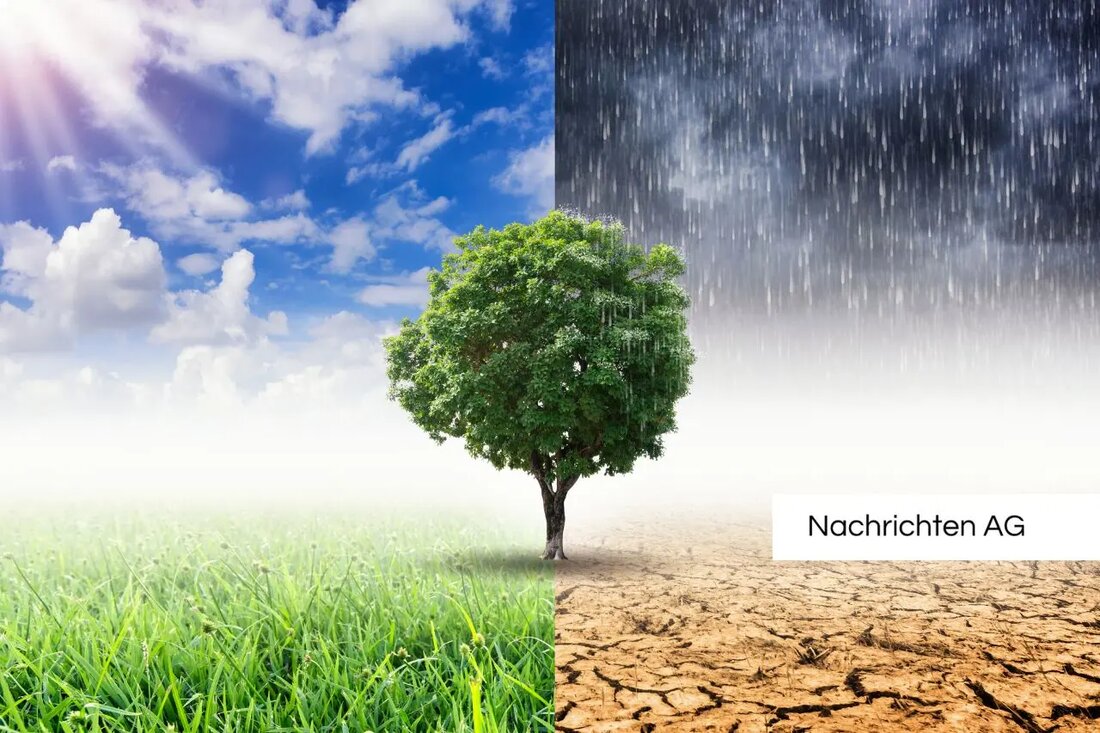Green socket in Hamm: Energy transition starts with a new converter!
Green socket in Hamm: Energy transition starts with a new converter!
The network operator Amprion has presented ambitious plans for the construction of a converter at the “Westfalen” power plant in Hamm-Uentrop. With the aim of making wind power from the North Sea coast can be used for the home network from 2030, this project is viewed as the central component of the German energy transition. The converter will form the end of a power corridor from Wilhelmshaven to Hamm. This connection is intended to transport the wind power flow via earth cable to Westphalia and convert to the road end in alternating current, which then flows into the home network via a substation in Lippborg. Wa.de reports that the planned construction area of 12 hectares between the power plant and the Siegenbeckstraße recently from RWE was taken over. The approval process is expected to begin in early 2026.
Project manager Arndt Felmann emphasizes the constructive exchange of everyone involved. Mayor Marc Herter describes the planned converter as the "large green socket" at the end of the green electricity line. RWE also plans a massive conversion and expansion of the Westphalia power plant location to meet the growing requirements of the energy transition.
investments and technology
The technical details of the project is the use of the HVDC Light® technology, which is part of the strategy to achieve the German climate goals. This technology enables electricity to be transported efficiently over large distances and will make a decisive contribution to reducing conventional energy generation in industrial metropolitan areas in western Germany. The power consumption of Corridor B should be a total of 2 gigawatts (GW), whereby an additional potential of 4 GW is made possible by further empty lines. The planned converter stations are built at important network connection points in Heide, Wilhelmshaven, Polsum and Hamm. Amprion reports that Hitachi Energy has signed contracts for more than 2 billion euros to realize four converter stations. This investment is part of the Corridor B project, which optimizes electricity generation from renewable sources.
In addition to the ecological advantages, the project should create several hundred jobs in Germany and Sweden, both for the project implementation and for manufacture.
The way to the energy transition
The energy transition is a central topic for Germany. Current numbers show that the proportion of renewable energies in the German gross energy consumption in 2024 was 22.4%, which represents an increase compared to previous years. a target of 41% will be sought by 2030. The wind energy alone contributed significantly to electricity generation in 2023 with 138.9 billion kWh.
These developments are part of a larger trend: The proportion of renewable energies in the gross current consumption of 46.3% in 2022 in 2022 in 2023.
| Details | |
|---|---|
| Quellen | |


Kommentare (0)